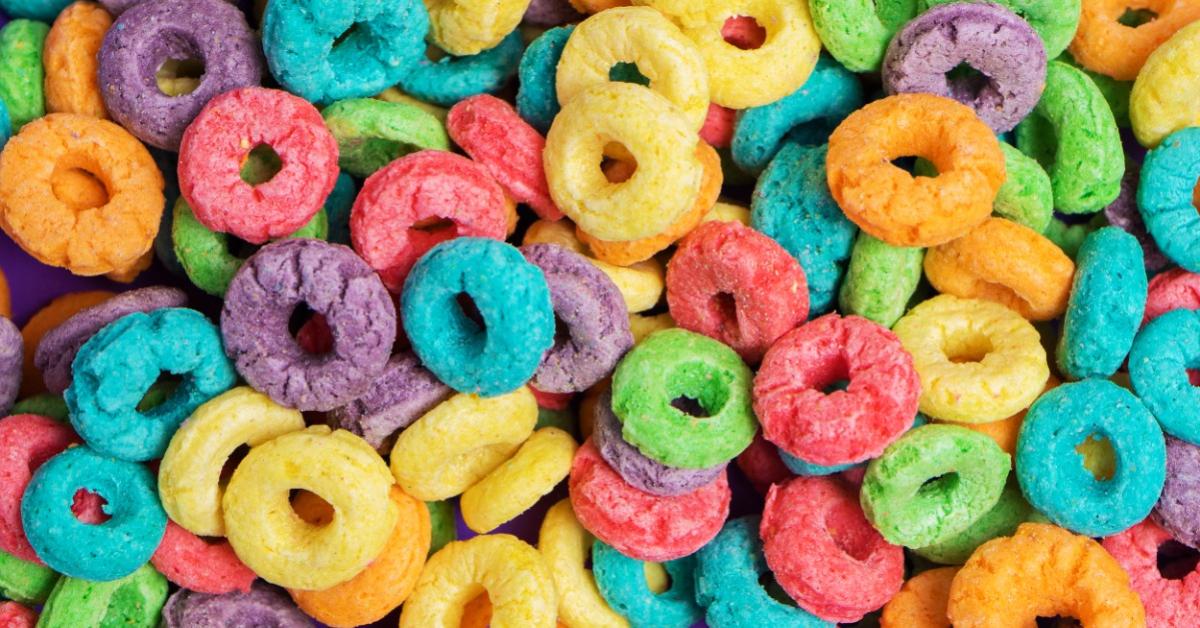
At a White House summit tomorrow, President Joe Biden will repeat his proclamation of a goal to end hunger in America by 2030. In 1969, President Richard Nixon promised to end hunger at a similar White House summit. The vast expansion of federal food assistance after Nixon’s pledge failed to end the problem, but that won’t deter Biden from claiming that new federal handouts will end hunger.
Between the Nixon and the Biden eras, there was another pledge on hunger that has almost vanished into the memory hole. In 2008, presidential candidate Barack Obama promised to end child hunger by 2015. Unfortunately, policy makers and pundits learned nothing from the disastrous policies that Obama followed in a futile attempt to reach that goal.
Obama vastly expanded federal school feeding programs with the Healthy, Hunger-Free Kids Act of 2010. Thanks to that law, all schools with 40 percent low-income students were entitled to offer free federally subsidized breakfasts and lunches to all students. Similar programs have sharply expanded free meals for schoolkids since the start of the covid pandemic.
But for almost fifty years, the Government Accountability Office (GAO) has lambasted the federal school lunch program for its high fat and poor nutrient content. A University of Michigan study published in 2010 found that students who regularly ate school lunches were 29 percent more likely to be overweight and that consumption of school lunches was the strongest single predictor of childhood obesity.
The failure of school lunches to improve diets did not deter the Obama administration from launching a messianic campaign to foist free breakfasts on millions of additional children. First Lady Michelle Obama, who spearheaded the effort, declared in 2010 that because children’s nutrition is so important, “we can’t just leave it up to the parents.”
But schools offered “carb loading” more appropriate for marathon runners than for schoolchildren. Donuts, pastries, apple juice, and other high-sugar foods had starring roles in school breakfast menus across the nation. Some school officials scorned parents who protested schools feeding their kid a second breakfast (after they’ve eaten at home) and deluging them with sugary junk.
How bad was the federally subsidized fare? The US Department of Agriculture’s 2012 School Nutrition Dietary Assessment Study found that the typical school breakfast included almost the entire maximum recommended daily intake of sugar and fat. The number of calories from solid fats and added sugars in the average elementary school lunch “was 15 percent above the maximum recommended for the entire day.” Any young child who ate both a school breakfast and lunch would far exceed the recommended daily thresholds for sugar—even before consuming any snacks or dinner.
To massively expand the program, the Obama administration rewarded schools that encourage all children to eat free breakfasts in the classroom. But breakfast in the classroom programs “may contribute to excess calorie intake,” according to a 2013 American Journal of Public Health analysis. A 2015 National Bureau of Economic Research report found that providing breakfast in the classroom more than doubled “the likelihood of eating two breakfasts.” That report also found no improvement in daily nutrient intake from expanded school breakfast programs. According to a 2016 Journal of the Academy of Nutrition and Dietetics study:
Receiving school breakfasts more than doubled the odds of becoming obese for children from families below the federal poverty line compared with children of similar socioeconomic backgrounds who did not regularly receive school breakfasts.
Though politicians promised to reform the program, school meals continue subverting healthy eating habits. A 2014 analysis by the Johns Hopkins Bloomberg School of Public Health noted that the USDA’s “new requirements do not limit the amount of added sugar in school meals” and may “be perpetuating eating habits linked to obesity, diabetes and other diet-related diseases.” Homer Simpson is still the patron saint of school breakfasts. Online menus show that schools continue tossing kids donuts for breakfast.
A 2021 analysis published in the Nutrients journal found that almost all school systems exceeded the dietary guidelines for sugar in breakfasts. Among the most sugar-laden foods routinely given to children were sweetened cereal, flavored milk, toaster pastries, cookies, cakes, and cinnamon buns. The Center for Science in the Public Interest recently derided public schools for relying on Lucky Charms, Marshmallow Mateys cereal, and Rich’s Chocolate Chip and Cinnamon Ultimate Breakfast Rounds. It is a federal crime for food manufacturers to sell products without nutritional labeling. But the USDA does not require schools to disclose to parents how much sugar is being given to their kids.
The Obama administration tacitly presumed that low-income children were suffering severe food shortages. Yet, as a 2012 commentary in the Journal of the American Medical Association noted, “seven times as many [low-income] children are obese as are underweight.” But that wasn’t going to be a problem because Ms. Obama launched her “Let’s Move” campaign in 2010 to “solv[e] the problem of childhood obesity in a generation.” She proclaimed a goal of reducing the percentage of overweight and obese children by 2.5 percent by 2015. She was speedily awarded sainthood for her lofty aspirations.
Despite glowing press coverage for the “Let’s Move” campaign, even more children are super-sizing nowadays. The percentage of overweight youth rose from 14.9 percent in 2009–10 to 16.6 percent in 2015–16, while the percentage of obese youth rose from 16.9 percent to 18.5 percent, according to the Centers for Disease Control and Prevention. The New York Times noted in 2020 that reports that the child obesity problem had stabilized were “an illusion. If anything, things have gotten worse.”
Unfortunately, politicians can reap applause for fighting hunger regardless of the collateral damage that federal food programs inflict. “Government feeds best” has been a disastrous recipe for American children. But don’t expect the Biden administration to recognize the dietary carnage that Uncle Sam has sown for decades.






